Have you ever faced this kind of issue? You have a scene goal in mind, you know the characters involved, where they are and what they want, but HOW does the scene play out? What exactly happens to bring the characters from Point A to Point B in the story?
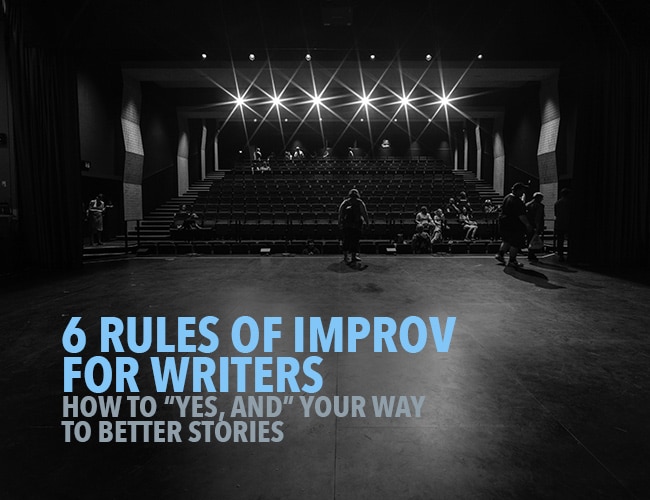
That’s when the power of improv might come in handy.
My own writing system has always leaned heavily on improv, even though I’m a big believer in outlining. In my outlines, the setting and goals are sketched in for each scene, but I never know how the characters are going to reach those goals until I write the scene. That’s when the director in my head cries, “Action!”
I have a background in theater, and I draw upon that experience to help me fill in the blanks. But even if you’ve never taken the stage, you can do the same.
What IS Improv?
Improv is an improvisational technique that stirs the creative juices and gets a scene flowing. If you’ve ever watched “Whose Line Is It Anyway?” you’ve seen a comic version of it in motion.
Though its roots go back as far as theater itself, the contemporary form started in the 1920s, with a woman named Viola Sporin. She taught acting to children and found they were more receptive and behaved more naturally when she presented the exercises in the form of games.
Sporin’s son, Paul Sills, carried on his mother’s work and helped to create the Chicago group The Compass and its famous outgrowth, Second City. Modern improv was born.
My own daughter writes fantasy and science fiction, and she uses a gaming group to spark ideas and dialogue for her books. Kind of an offshoot of the improv concept.
The Actor’s Studio Technique
Of special interest to writers is the Actor’s Studio Technique, used in the theater to generate conflict in improv. In this technique, the director sets the stage by whispering secret instructions to each of the actors, giving them conflicting goals and imperatives.
For example, the director might whisper to one actor: You are a corporate manager in love with the CEO’s daughter. He orders you to fire a certain employee. Under no circumstances are you to let the employee stay on or the boss will make sure you never see his daughter again.
To the other actor, the director whispers: You are a corporate employee and your manager has just told you you’re fired. Your husband recently lost his job and your young son is seriously ill. The medical insurance coverage from this job is providing for his treatment. Under no circumstances can you lose this job.
And . . . “Action!”
How to Get Started
Like story itself, improv has an underlying structure that provides shape and cohesion, giving each scene form and driving it forward. Let’s look at those rules and see how they might apply to writing a scene.
In the theater, an improv exercise starts with a setting, the characters involved, and an activity they’re engaged in, otherwise known as “stage business.” For example, the director may say, “John, you’re a med student. Mary, you’re an expectant mother. Susan, you’re a famous chef. The three of you are decorating the gymnasium for your ten-year high school reunion. Action!”
In classic improv, there are no props, only basic “weight-bearing” pieces like a table, chairs, and blocks. The rest is mimed by the actors. This way, what the actors bring into the scene is limited only by their imagination. The key to driving the scene forward is to focus on the POC, the “point of concentration.”
The POC is what the scene is about, the problem to solve. In stage improvisation, it’s often a device the director hands down to complicate the scene and raise the bar on creativity. For instance, he might instruct the actors to sing their lines or speak only in three-word sentences, or give each a particular obsession.
In your story, the POC is similar. It’s what the scene is about, and comes down to efforts to solve a problem and reach a goal.
The Rules of Improv
While the rules of improv are designed for groups of actors in the theater, I’ve found they’re adaptable to me, by myself, at my writing desk. Here they are:
1. Agreement vs. Denial
In improv, you always want to say “yes.” It’s a courtesy to the other players. It’s considered bad etiquette to negate what your fellow actor just suggested, tossing the ball back into her court without adding anything of value. So you say “yes,” and then add something to that. Here’s an example:
Actor 1: You copied off my homework.
Actor 2: Yes I did, and I sold the answers to Sharon for five bucks.
In your scenes, “no” may be an acceptable answer, sufficient to set up the desired conflict between your characters. If you do say “yes,” don’t make it easy.
Say “yes, and” (as above) or “yes, but” (I admit it—I copied off your homework, but your answers were wrong and I failed the assignment).
Perhaps the best option is “no, and furthermore” (I certainly did not copy your homework, and since you have the nerve to accuse me, I’m going to beat you up after school).
2. Give and take
In the theater, it’s bad form to upstage someone, stealing their spotlight. In improv, you give the focus to someone when they’re advancing the scene, and take it when you have something to add, driving the scene forward.
This is a good rule for where to put the focus when you write your own scenes.
3. Questions
In improv, questions are generally frowned upon. They’re a way of shirking the burden, letting everyone else do the heavy-lifting. Ever had a conversation with someone who only speaks in questions?
In writing, questions are the life-blood on the page. Let your characters ask—and answer—them. But be sure to string some of those answers out over time, creating suspense. And always be sure to generate new questions in your reader, page after page.
4. Don’t talk about what you’re doing
Remember those characters decorating the high school gym? Readers don’t want to hear about them blowing up balloons, holding up banners, stapling streamers, setting out plates and napkins, etc. Yawn.
DO give your characters an action to perform and keep them in action throughout the dialogue. Sprinkle beats of that action between lines of dialogue.
DON’T go into detail about the action unless it’s germane to the plot, introduces a clue, or performs another vital function.
5. Problem-solving
Conflict, as in your writing, is what makes the improvised scene interesting. The key to creating an effective scene is to focus on the “point of concentration”: move toward solving the problem, attaining the goal, introducing obstacles to heighten the tension.
Scenes that don’t satisfy usually lack focus on solving the problem.
6. Be an expert
In improv, the director will often give an actor the part of some kind of expert, requiring the actor to roll with it, making up facts and figures off the cuff. The purpose is to stretch the actor’s ability to speak convincingly.
As writers, our characters sometimes need to be expert in something we don’t know much about. Fortunately, we’re not on the spot for it. We can take the time to research and find out what we need to portray that character realistically.
Keep in mind that one of the key factors in creating a sympathetic character is making them good at what they do. It pays to be an expert. At least on paper.
One Last Rule
It sometimes goes unspoken, but an important rule in improv—and in writing—is to have fun! My mentor often reminds me if I’m not having fun, I’m doing it wrong. It doesn’t have to be laughing-out-loud fun, but writing should be enjoyable and satisfying for you, though it’s sometimes strewn with difficulty and even tears.
To paraphrase Robert Frost: No joy in the writer, no joy in the reader.
In the end, we’re entertainers with a human message to convey. Improv—whether you engage a group of friends or do it inside your own head—can help you find ways to convey your message.
If you’re interested in learning more about improv, you might want to explore Improve Encyclopedia, LearnImprov.com, and Viola Spolin's own site.
Have you ever done improv? Have you ever used techniques like the ones I mentioned above in your writing process? Tell us about it in the comments.
PRACTICE
Let’s do some improv! Pick one of the prompts you know nothing about and write a couple paragraphs as if you’re an expert. If you can convince me, you can write convincingly for readers. Of course, when you’re doing it for real, you’ll need to have accurate information. But for the sake of this practice exercise, it’s the language, the word jockeying that counts. Have fun!
- Theories of the Greek philosophers
- The use of leitmotif among Classical composers
- The function of a spark plug in a V-8 engine
- The process of DNA testing
- The role of a bloodstock agent in modern horseracing
Write for fifteen minutes. When you are finished, post your work in the comments, and be sure to provide feedback for your fellow writers.
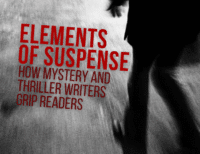
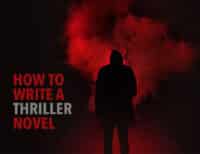
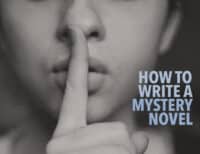
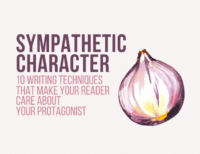



Thank you, Joslyn, I always click on anything you have to say about writing and find it insightful and interesting. I have been in a slo-mo discovery of Improv writing for the last few months. You have added to my increasing understanding of how to write stories.